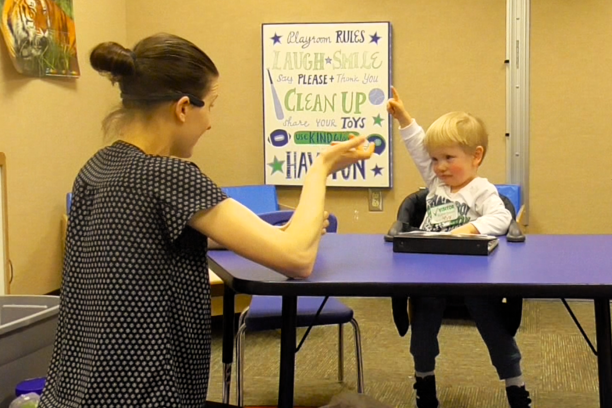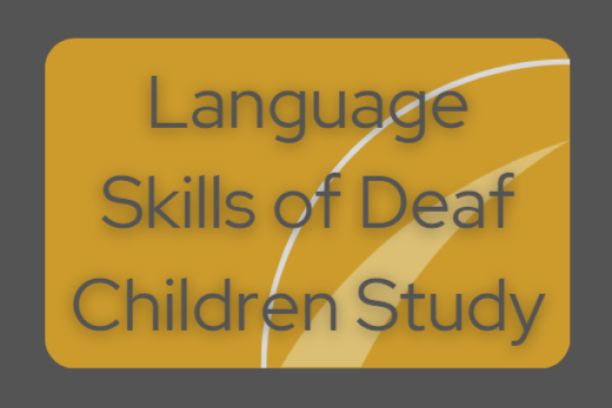-
McDaniel J., Yoder P., Watson L.R. A path model of expressive vocabulary skills in initially preverbal preschool children with autism spectrum disorder Journal of Autism and Developmental Disorders. 2017 Mar;47(47). 947-60.
Abstract
We examined direct and indirect paths involving receptive vocabulary and diversity of key consonants used in communication (DKCC) to improve understanding of why previously identified value-added predictors are associated with later expressive vocabulary for initially preverbal children with autism spectrum disorder (ASD; n = 87). Intentional communication, DKCC, and parent linguistic responses accounted for unique variance in later expressive vocabulary when controlling for mid-point receptive vocabulary, but responding to joint attention did not. We did not confirm any indirect paths through mid-point receptive vocabulary. DKCC mediated the association between intentional communication and expressive vocabulary. Further research is needed to replicate the findings, test potentially causal relations, and provide a specific sequence of intervention targets for preverbal children with ASD.





